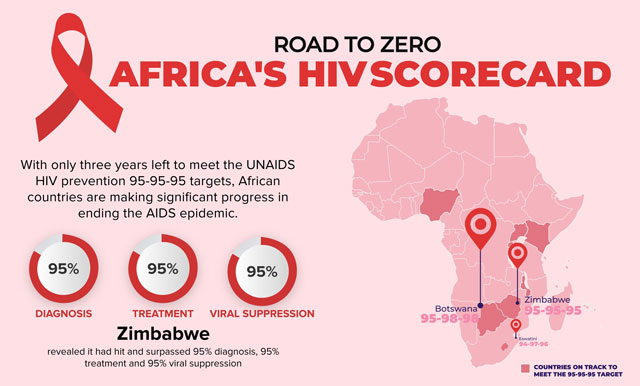
Kampala, Uganda | THE INDEPENDENT | Experts are concerned that Uganda may not meet its commitment to defeating HIV as an epidemic by 2030, as children living with the virus struggle to stay on treatment.
Michael Byamukama, the Country Director of the Regional Psycho-social Support Initiative (REPSSI), reports that the biggest reason children abandon treatment is lack of food.
When conducting community surveillance, they often find children who had previously been consistent in their treatment have abandoned their drugs due to failure to obtain food.
In Kalangala district, for example, Fr. Emmanuel Katabazi, who heads the Masaka Diocese Medical Services, found that 59% of children living with HIV were food insecure.
During a press conference held on Monday, a group of Civil Society Organizations (CSOs) working on a USAID-funded $20-million-dollar project dubbed ‘Keeping Children Healthy and Safe’ updated the public on the state of children in 25 high HIV prevalence districts across the country.
Christine Oryema Lalobo, the Chief of the Party at the Transcultural Psychosocial Organization (TPO) Uganda, reported that the CSOs had resolved to offer emergency food aid to families in dire need. However, she notes that this approach is dangerous and unsustainable.
UNAIDS data shows that 11% of the 1.2 million Ugandans currently living with HIV are children aged 15 and below.
For instance, in 2021, 5,500 new childhood HIV infections were recorded due to mother-to-child transmission, with half of those infections occurring among infants born to mothers who stopped HIV treatment during pregnancy and breastfeeding.
Katabazi notes that some of these children are a result of sexual violence or belong to mothers who are sex workers, who cannot monitor their children’s treatment partly because of stigma. Consequently, many children continue to struggle to sustain themselves in care, which ultimately affects their quality of life.
When the USAID Project began in 2020, Oryema stated that they aimed to reach an estimated 95,000 children by the end of the five-year project to ensure that they are all virally suppressed. Less than three years later, they have now set a new target of reaching 101,215 children by the end of this year, as clinical data showed a larger burden.
*****
URN
 The Independent Uganda: You get the Truth we Pay the Price
The Independent Uganda: You get the Truth we Pay the Price



